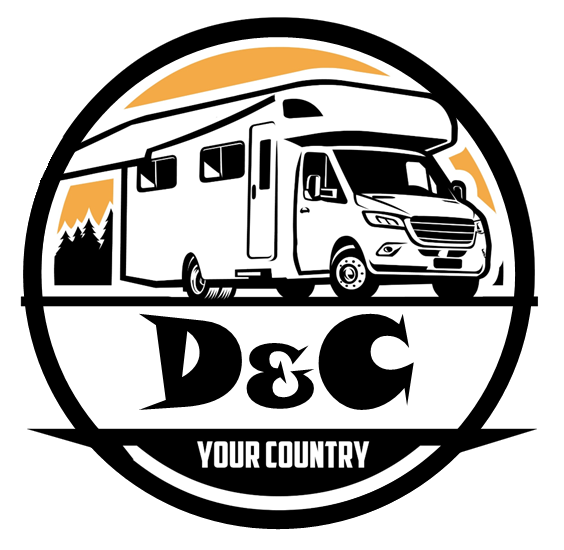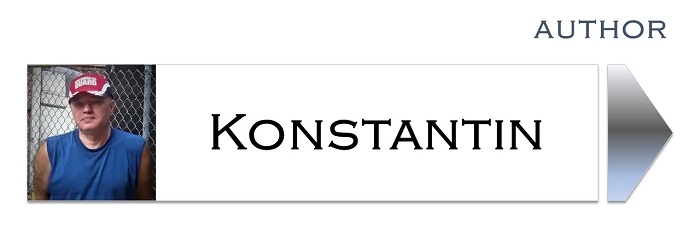![]()
4 (Main) Symptoms of a Bad Oil Pressure Sensor
DISCLAIMER: AS AN AMAZON ASSOCIATE I EARN FROM QUALIFYING PURCHASES. THIS POST CONTAINS AFFILIATE LINKS THAT WILL REWARD ME MONETARILY OR OTHERWISE WHEN YOU USE THEM TO MAKE QUALIFYING PURCHASES. FOR MORE INFORMATION, PLEASE READ MY EARNINGS DISCLAIMER.
|
The most common bad oil pressure sensor symptom is when your gauge gives you a low or NO pressure reading, but your engine is not making any horrible noise (as it should, in this case)! An overheated engine is another warning sign of a faulty oil pressure sensor (since it FAILED to detect that you have a low oil pressure inside and could not take proper actions).
The oil inside your vehicle is under a lot of pressure and it is being pushed through the engine by an oil pump to give your engine sufficient lubrication. This pressure is measured by a small device called an “Oil pressure sensor” or “Oil pressure sender”.
The oil pressure sensor generally looks like this:
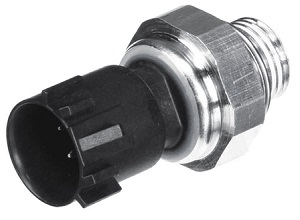
Its location in the car varies from vehicle to vehicle, so refer to your owner’s manual for details. It is not always easily accessible and you may end up taking out other parts in order to reach it.
This little device is connected to the gauge on your dashboard panel to give you a reading of what is happening with your oil pressure. On the dash panel, you also have an oil pressure warning light to alert you with oil pressure problems (in case you are not paying attention to the gauge).
Here is more information on how to troubleshoot your oil pressure sensor:
Now, let’s get to the bad oil pressure sensor signs (or symptoms):
1. Blinking oil pressure light

When the oil pressure light comes ON, you know you have a problem! You quickly run out and check your oil levels, but everything is fine there…
What is going on? This is a good sign that your oil pressure sensor is not doing a good job and needs to be replaced.
2. The faulty oil pressure gauge readings
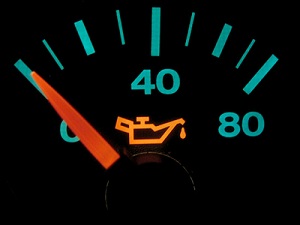
If your oil pressure gauge reads zero, the first thing to do in this case is to check your oil levels! If the oil is missing, add some oil. But there are cases when your gauge will give you a faulty reading due to a bad oil pressure sensor.
Also, the engine will NOT be quiet when the oil is NOT circulating properly inside of it and metal components are rubbing against each other. It will start making all sorts of horrible noises, and if it’s not, then there is a big chance that your oil pressure sensor is failing.
In this case, if it’s not a sensor, there could be some wiring problems involved (like damaged connection points, for example) that will not allow the signal to go through. Electrical troubleshooting should ONLY be done by an experienced person or a professional!
If your oil pressure gauge is giving you constant high readings, you might be dealing with a short.
This is a very common situation and in most cases, your oil pressure sensor needs to be replaced:
Do not delay and take care of this problem as soon as possible! If your engine at some point will have an oil pressure problem and your sensor will not be working, you could damage your engine really badly.
3. Engine is overheating
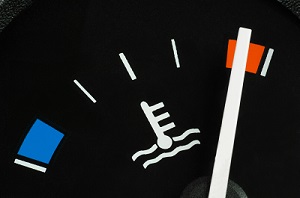
If the oil pressure sensor is not doing its job, it could give you a faulty reading about the situation under your hood. Hopefully, you will notice different noises like ticking or grinding coming from your engine BEFORE actual overheating takes place.
When a car starts making unusual noises and an oil pressure gauge is at normal levels, one of the things to check for is a bad oil pressure sensor. An overheated engine will boil coolant inside your engine and trigger a reading of unacceptably high temperatures (on your dashboard).
This is a very bad situation that needs to be taken care of as soon as possible!
4. Check Engine light comes on
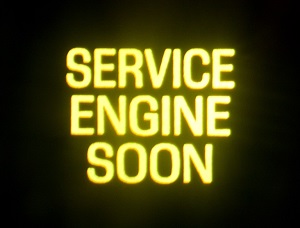
This does not necessarily mean that you have a problem with the bad oil pressure sensor, but if this light comes ON, you should immediately check other gauges for problems.
Feel free to save the infoPin below for your future Reference :
When you get some of the symptoms mentioned above, the first thing to do is to rule out the oil pressure problem itself:
If your dipstick shows normal oil levels and the engine sounds fine (along with faulty bells and whistles on your dashboard), take your car to a mechanic and ask to check the oil pressure sensor.
Now time to fix it:
Attention! This article is for informational purposes ONLY and is NOT a replacement for professional advice! ALWAYS consult your local specialist for an appropriate solution to your problem. All statements, prices, contact information, recommendations, and reviews contained herein came from sources that we believe to be reliable, but the accuracy or completeness thereof is not guaranteed. Please contact the service provider for complete details and updates.

